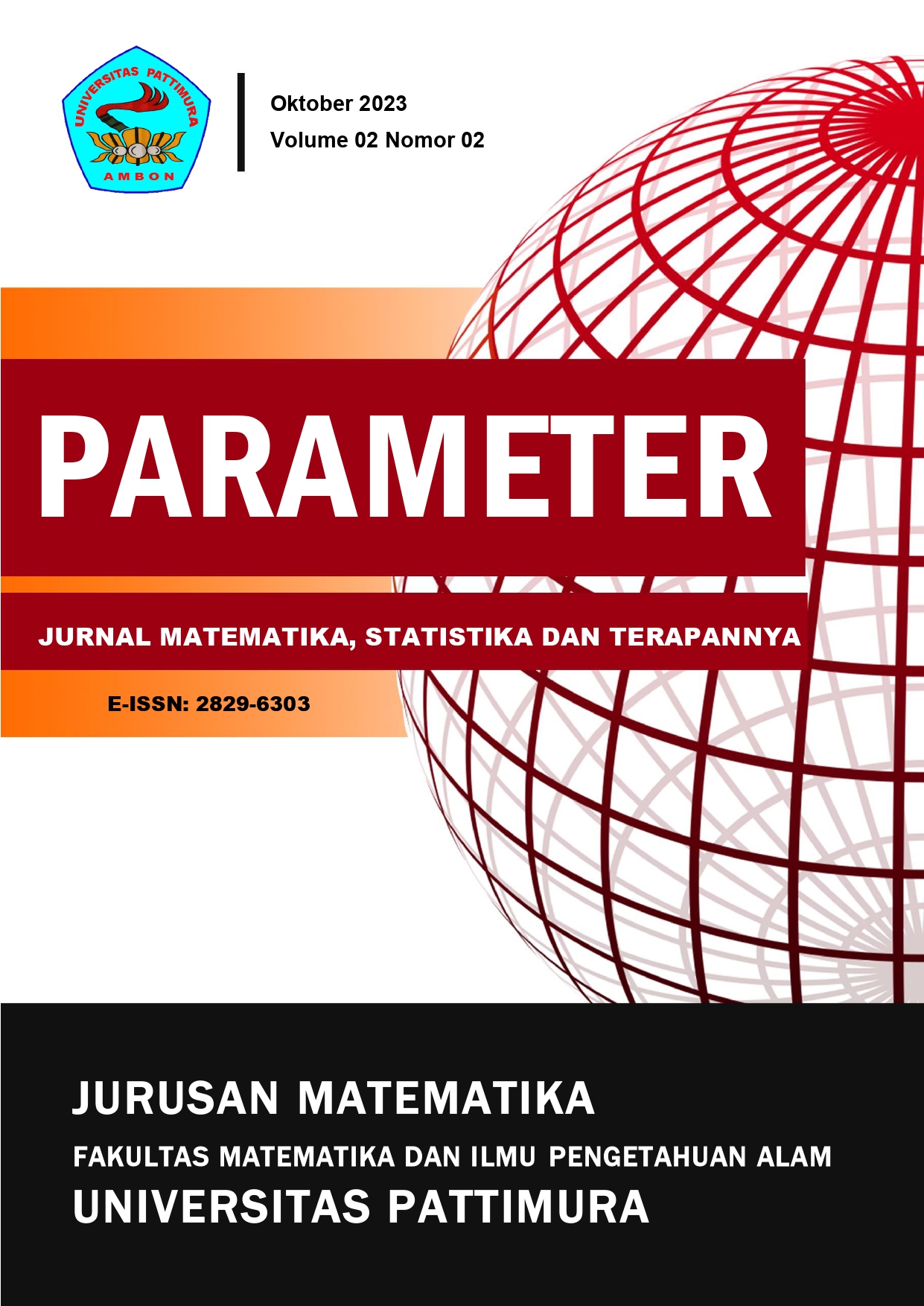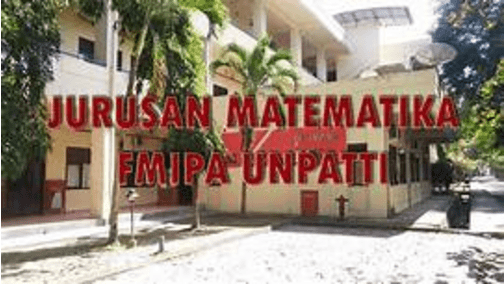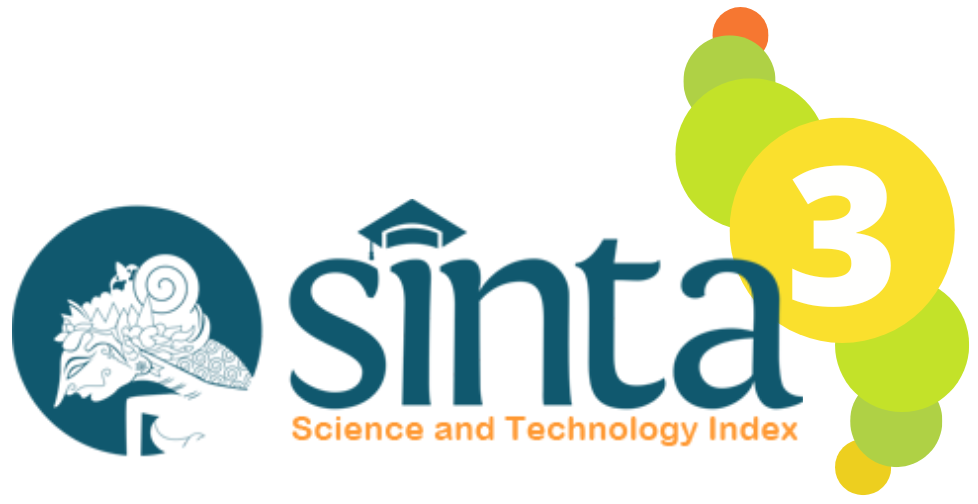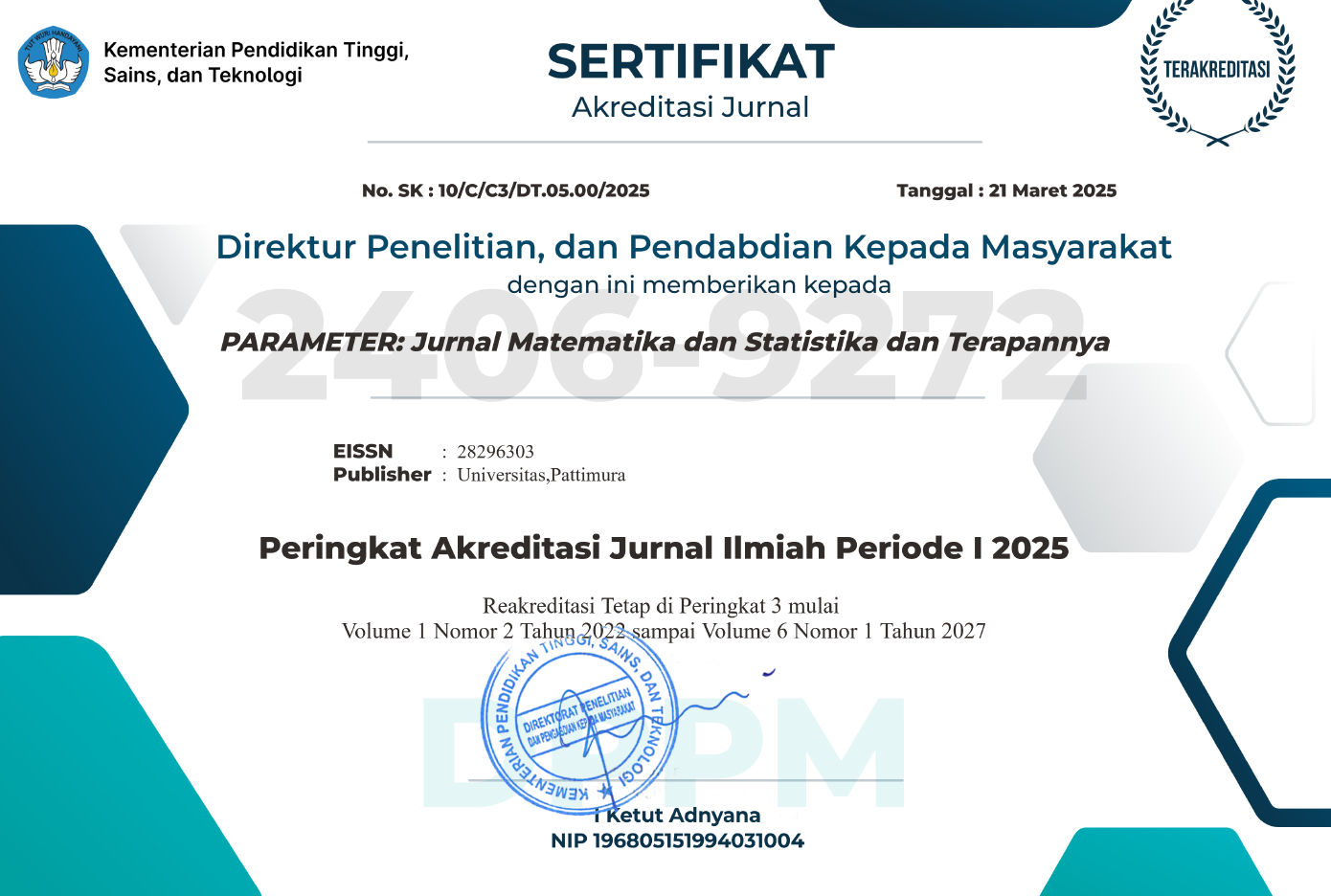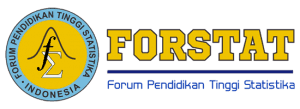Development of Spatial Weighted Matrix based on Transportation Connectivity for Archipelago Provinces in Indonesia
Abstract
The application of spatial statistics is now commonly used in analysis of phenomena of strategic indicators in Indonesia, including in archipelago provinces. However, application of spatial statistics in archipelago provinces is constrained by spatial weighted matrix that are less relevant in identifying the spatial effects of indicators, due to enormous number of territories which not directly bordered by land. Meanwhile, transportation connectivity in archipelago provinces has expanded far beyond its administrative boundaries. Through this research, we tried to formulate concept in development of spatial weighted matrix based on transportation connectivity between regency/city in archipelago provinces. Our research used primary data processing methods as well as literature studies, with used the data of sea and air transport routes between regencies and cities in the 3 archipelago provinces: Maluku, Maluku Utara, and Kepulauan Riau. We developed several types of spatial weighted matrix based on transportation connectivity between regency/city in those three provinces, as well concepts in combining such matrix with other kinds of spatial weighted matrix. With our research, it is hoped that could trigger more spatial research related to strategic indicators in archipelago provinces in Indonesia.
Downloads
References
R. Haining, Spatial Data Analysis: Theory and Practice, Illustrate. Cambridge University Press, 2003.
C. Yongwan and D. A. Griffith, Spatial Statistics and Geostatistics: Basic Concepts. SAGE Publications, 2013. doi: 10.1007/978-3-319-23519-6_1650-1.
D. A. Griffith and J. H. P. Paelinck, “The W Matrix Revisited,” in Morphisms for Quantitative Spatial Analysis, Advanced Studies in Theoretical and Applied Econometrics, vol 51., Springer, Cham, 2018, pp. 177–185. doi: 10.1007/978-3-319-72553-6_15.
Zainuri, I. Nyoman Nurjaya, A. R. Budiono, and B. Winarno, “Setting the Urgency Islands Region Province in the System of National Space Arrangement,” J. Law, Policy Glob., vol. 53, pp. 211–216, 2016, [Online]. Available: https://heinonline.org/HOL/LandingPage?handle=hein.journals/jawpglob53&div=26&id=&page=
Undang-Undang Nomor 23 Tahun 2014 tentang Pemerintahan Daerah. 2014. [Online]. Available: https://peraturan.bpk.go.id/Home/Details/38685/uu-no-23-tahun-2014
Y. Chen, “On the four types of weight functions for spatial contiguity matrix,” Lett. Spat. Resour. Sci., vol. 5, no. 2, pp. 65–72, Jul. 2012, doi: 10.1007/s12076-011-0076-6.
Badan Informasi Geospasial, “Ina-Geoportal: Geospasial untuk Negeri,” 2017. https://tanahair.indonesia.go.id/portal-web (accessed Oct. 02, 2023).
D. A. Griffith and J. H. P. Paelinck, “The Spatial Weights Matrix and ESF,” in Morphisms for Quantitative Spatial Analysis, Advanced Studies in Theoretical and Applied Econometrics, vol 51., 2018, pp. 49–60. doi: 10.1007/978-3-319-72553-6_5.
S. Mackova, “W: Spatial Weight Matrix Diversity and Its Impact on Spatial Analysis Results,” Int. Conf. Adv. Business, Manag. Law, vol. 2, no. 1, pp. 209–213, 2019, doi: 10.30585/icabml-cp.v2i1.225.
S. N. Aulele, V. Y. I. Ilwaru, E. R. Wuritimur, and M. Y. Matdoan, “Analisis Jumlah Penduduk Miskin di Provinsi Maluku dengan Menggunakan Pendekatan Regresi Spasial,” J. Apl. Stat. Komputasi Stat., vol. 13, no. 2, pp. 23–34, 2021, doi: 10.34123/jurnalasks.v13i2.294.
Y. Hastuti and N. Sukartini, “Model Laju Pertumbuhan Ekonomi Provinsi Maluku Menggunakan Analisis Spasial,” Tahkim, vol. XVI, no. 1, pp. 161–170, 2020.
D. Puspitawati, “Pembangunan Wilayah Kepulauan Berlandaskan Poros Maritim dalam Perspektif Negara Kepulauan: Tantangan dan Peluang Perimbangan Keuangan Daerah,” Bina Huk. Lingkung., vol. 4, no. 2, p. 251, 2020, doi: 10.24970/bhl.v4i2.107.
W. P. Anggrahini, “Upaya Peningkatan Konektivitas Angkutan Laut dan Penyeberangan Antar Kabupaten/Kota di Maluku,” War. Penelit. Perhub., vol. 30, no. 1, p. 23, 2018, doi: 10.25104/warlit.v30i1.630.
L. Alamá-Sabater, L. Márquez-Ramos, and C. Suárez-Burguet, “Trade and Transport Connectivity: A Spatial Approach,” Appl. Econ., vol. 45, no. 18, pp. 2563–2566, Jun. 2013, doi: 10.1080/00036846.2012.669466.
“Flight Connection.” https://www.flightconnections.com/id/maskapai (accessed Oct. 01, 2023).
PT. Semuwa Aviasi Mandiri, “Rute Penerbangan Perintis Korwil Langgur (SAM Air),” Instagram Post, 2023. https://www.instagram.com/p/CmJALfTyIj2/ (accessed Oct. 01, 2023).
Kementerian Perhubungan, Keputusan Direktur Jenderal Perhubungan Laut Nomor KP-DJPL 675 Tahun 2022 tentang Jaringan Trayek Angkutan Laut Perintis Tahun Anggaran 2023. 2022.
Kementerian Perhubungan, Keputusan Direktur Jenderal Perhubungan Udara Nomor PR 23 Tahun 2022 tentang Penyelenggara dan Rute Angkutan Udara Perintis untuk Penumpang serta Penyelenggara Angkutan BBM Pesawat Udara untuk Kegiatan Angkutan Udara Perintis Penumpang Tahun Anggaran 2023. 2022.
PT. ASI Pudjiastuti Aviation, “Rute Penerbangan Perintis Ternate - Gebe (Susi Air),” Instagram Post, 2023. https://www.instagram.com/p/CxaGbCePsG-/ (accessed Oct. 01, 2023).
PT. ASI Pudjiastuti Aviation, “Rute Penerbangan Perintis Dabo Singkep (Susi Air),” Instagram Post, 2023. https://www.instagram.com/p/Cm58jGZvk7l/ (accessed Oct. 01, 2023).
A. Efendi and D. Budiman, “Analytical Hierarcy Process (AHP) Pada Perbandingan Penetapan Pemilihan Moda Transportasi Udara dan Moda Transportasi Laut,” Sang Pencerah J. Ilm. Univ. Muhammadiyah But., vol. 8, no. 3, pp. 796–806, 2022, doi: 10.35326/pencerah.v8i3.2481.
N. M. Huda and N. Imro’ah, “Determination of the best weight matrix for the Generalized Space Time Autoregressive (GSTAR) model in the Covid-19 case on Java Island, Indonesia,” Spat. Stat., vol. 54, p. 100734, 2023, doi: 10.1016/j.spasta.2023.100734.
Y. Taek, R. D. Bekti, and K. Suryowati, “Penerapan Model Geograpgically Weighted Regression (GWR) Menggunakan Fungsi Pembobot Adaptive Kernel Gaussian Dan Adaptive Kernel Bisquare Pada Tingkat Pengangguran Terbuka Di Pulau Papua,” J. Stat. Ind. dan Komputasi, vol. 08, no. 2, pp. 84–101, 2023.
N. F. Arini, N. M. Huda, and W. Andani, “Perbandingan Matriks Bobot Invers Jarak dan Bobot Seragam pada Model Gstar (1;1) untuk Data Indeks Harga Konsumen (Studi Kasus: Indeks Harga Konsumen di Kalimantan Barat),” Tensor Pure Appl. Math. J., vol. 4, no. 1, pp. 27–36, 2023, doi: 10.30598/tensorvol4iss1pp27-36.
N. Wahyuningsih, S. Didik Surjanto, and E. Vidya, “Model GSTARX dengan Bobot Invers Jarak untuk Jumlah Wisatawan pada Tiga Objek Wisata di Kota Batu,” Pros. Semin. Nas. Integr. Mat. dan Nilai Islam., vol. 3, no. 1, pp. 85–89, 2020.
Copyright (c) 2023 Debora Ribka Sedubun, Yudistira Yudistira, Novita Serly Laamena, Rosalina Salhuteru

This work is licensed under a Creative Commons Attribution-ShareAlike 4.0 International License.

